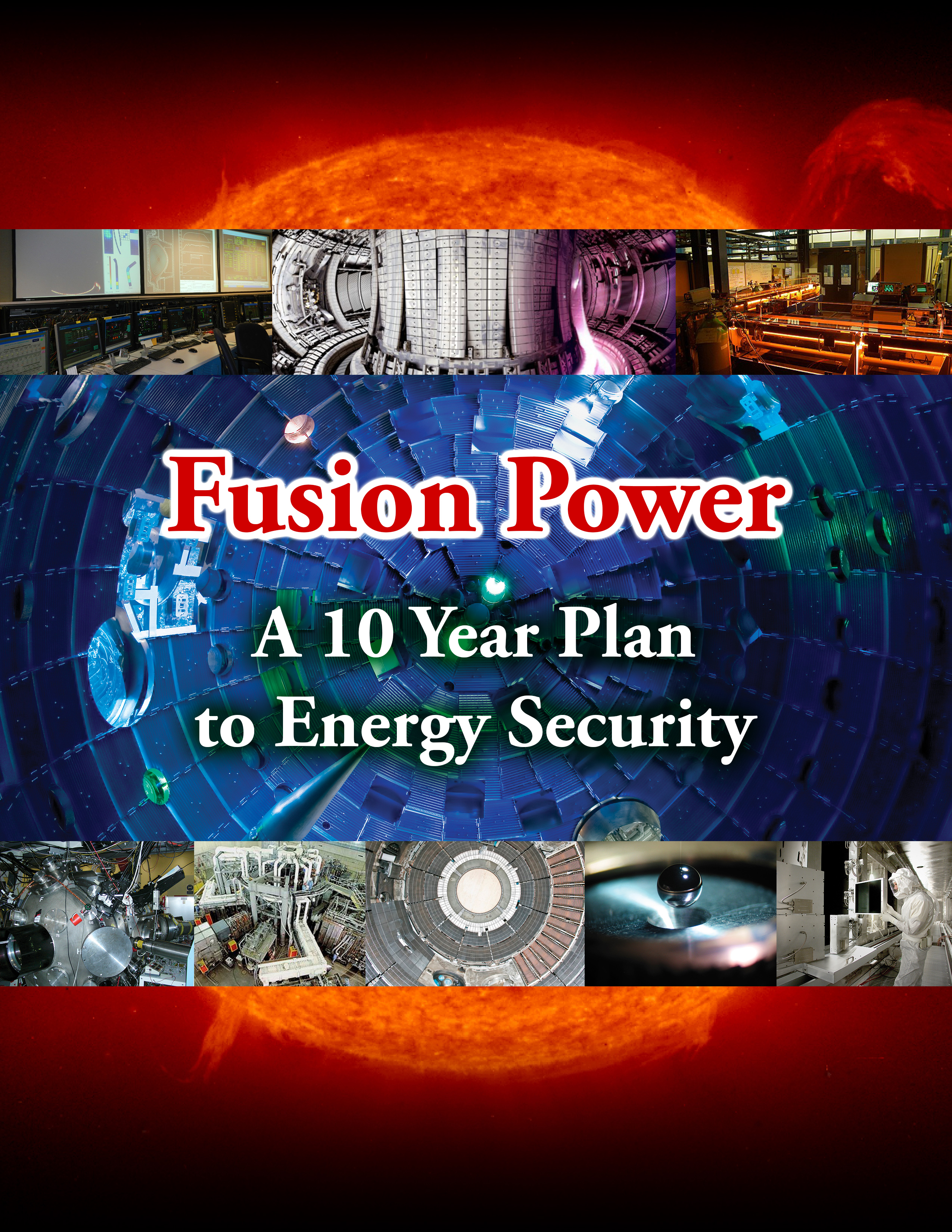
Fusion News: NewScientist – Tabletop fusion reactor mimics cosmic-ray crashes
Typical fusion-powered schemes use deuterium and tritium to make helium nuclei, however, a new method using a tabletop device has sparked a fusion reaction using boron plasma for the first time, according to a report by the New Scientist in their article “Tabletop fusion reactor mimics cosmic-ray crashes.”
A tabletop device has sparked a fusion reaction using boron plasma for the first time – and it was thousands of times more effective than attempts using solid targets. Although the method is still a way off from producing clean energy on a commercial scale, the device can double as an astrophysical lab, recreating the conditions needed to make elements in cosmic-ray crashes.
Moreover, the device can yield applications outside of fusion power. For example:
What’s more, the device could reveal more about the handful of lighter elements that are not made inside stars. Cosmic rays zooming through space sometimes crash into heavier atoms, knocking off protons and neutrons and creating elements such as beryllium and lithium. Since the experiment fires protons at boron plasma, it effectively mimics cosmic rays crashing into plasmas in space, which may aid studies of high-energy particle behaviour, says Mac Low. “For us to have more methods to do real experiments is always good,” he says.





